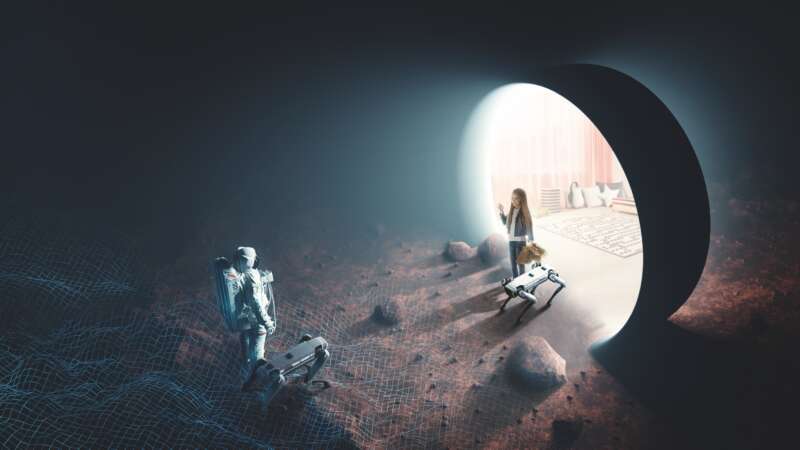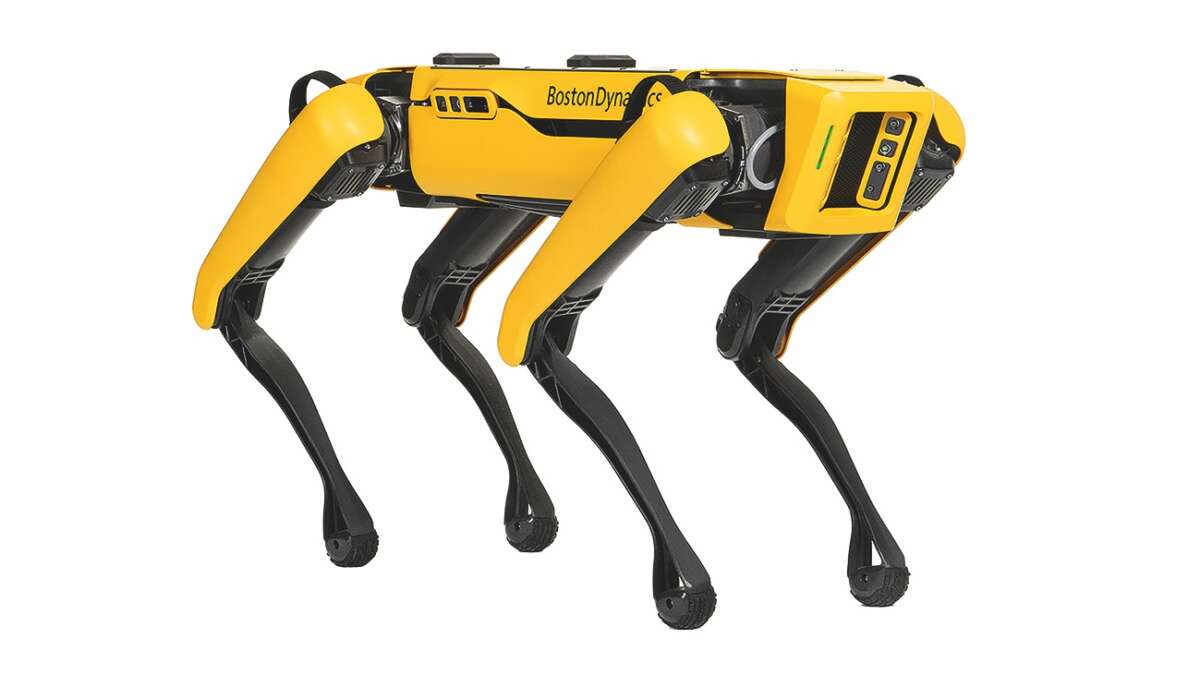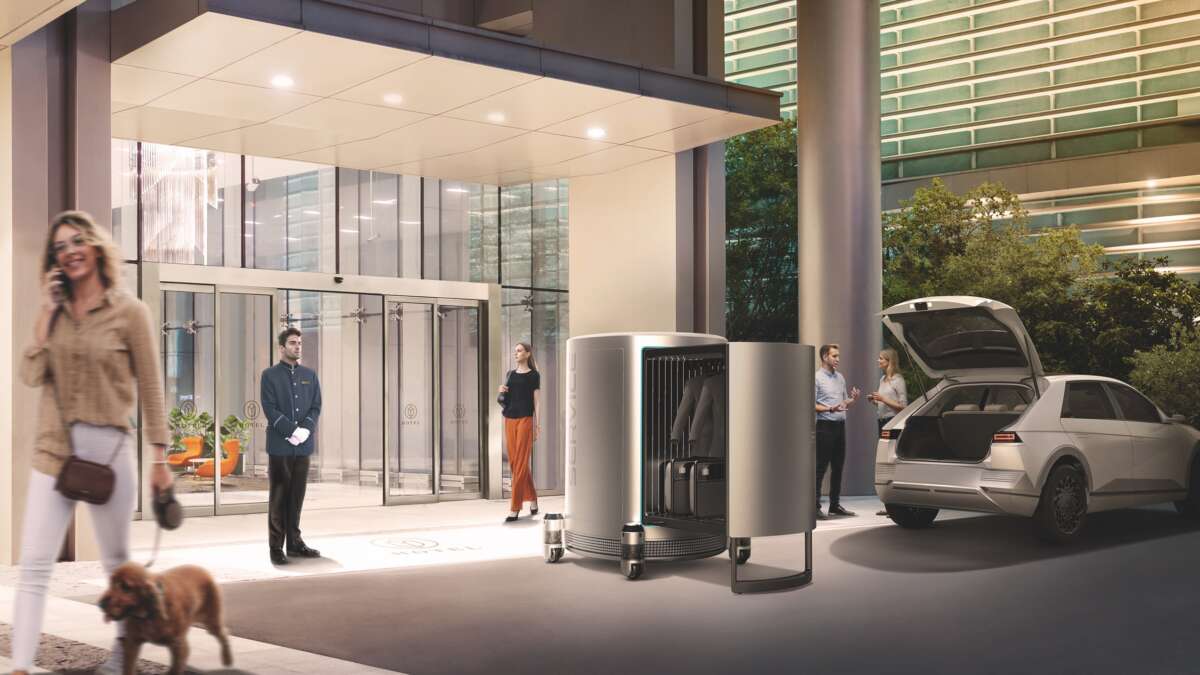Bots in the Metaverse

- Hyundai’s vision for Metamobility
- Source: Hyundai Motor Group

Google had lost interest, Toyota was in the running, but now Hyundai is in the driving seat at Boston Dynamics and has ambitious plans.
Boston Dynamics, a robotics company which was part of Google’s Alphabet group for a time, has largely been owned by the Hyundai Motor Company since the sale of Softbank shares in 2021. A few months ago, the Koreans presented a modular platform, the Mobile Eccentric Droid (MobED) and the group subsequently outlined its strategy with their new partner at the CES 2022. The strategy carries the title “Expanding Human Reach”. The blending of tools for the digital sphere or metaverse, with applications for real life (“metamobility” in the company’s own words) plays a major role in the strategy.
Chang Song, President and Head of the Transportation-as-a-Service (TaaS) Division of Hyundai Motor Group explained the concept as follows: “The idea behind Metamobility is that space, time and distance will all become irrelevant. By connecting robots to the metaverse, we will be able to move freely between both the real world and virtual reality. Going one step further from the immersive ‘be there’ proxy experience that the metaverse provides, robots will become an extension of our own physical senses, allowing us to reshape and enrich our daily lives with Metamobility.”
This statement demonstrates the high value Boston Dynamics places on the Korean mobility strategy and that their common vision for the future is a hybrid model, where robots are used as a medium between the real, and the virtual world. Hyundai envisages that this will play out in a similar way to the following daily scenario. A worker could interact with a robotic avatar in the metaverse via a virtual interface and hand controls, while a real robot in a remote factory performs the same tasks as humans.
Part of Hyundai‘s limitless mobility between real life and the Metaverse is the belief that “in the world to come, we will not move our things, but things will actually move around us”, according to Dong Jin Hyun, Vice President and Head of Hyundai Motor Group Robotics Lab. The PnD module is intended to help people with this in an unlimited Mobility of Things ecosystem. The module is a single-wheel robotics platform that combines four elements: intelligent steering, braking, in-wheel electric drive and suspension hardware that can vary the platform height to connect multiple PnD modules and keep the scope of use as flexible as possible.
In the presence of such ambition, critics may ask what place the ‘Motor’ from Hyundai’s name has in such a company. However, even vehicles have a place in the holistic vision: in the future, vehicles will be intelligent devices that provide access to virtual spaces. Robotics will function as a medium to connect the real world and virtual spaces and will facilitate virtual experiences within cars. Depending on an occupant’s needs, a car can be transformed into a conference room for work or a 3D video game platform, for example.


















